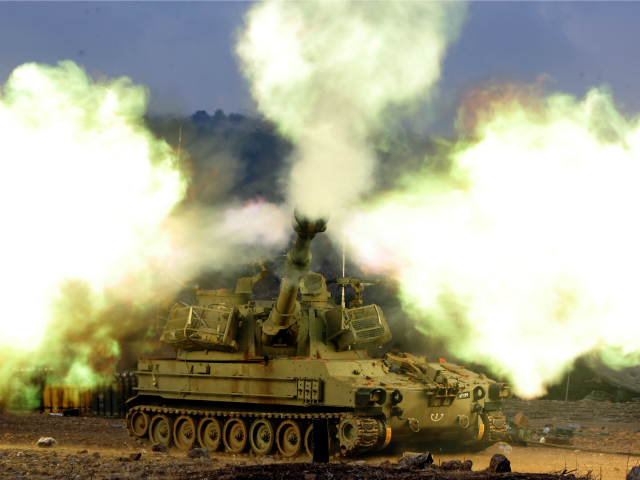TEL AVIV – The IDF Transport Center, the body in charge of deploying tanks, armored personnel carriers, ammunition, gas, water and food to military units around the country, is gearing up for a multi-front conflict in Israel’s north and south.
The Transport Center, which is in charge of four brigades, has recently undergone a massive overhaul including the adoption of state-of-the-art technologies, the Jerusalem Post reported.
Brig.-Gen. Josef Shamir, head of the Operations Department, said the Transport Center, which he called “the biggest moving company in the Middle East,” operates in the army the way blood vessels function in the body, by getting oxygen to every cell.
“We deliver functionality to every IDF unit; no outpost or unit will not have one of my soldiers there, enabling it to function,” he told the Post.
The Center would be tasked with reaching units in both the north and south simultaneously in the event of conflicts involving full-scale ground offensives. Doing so would see Israel’s highways inundated with armored vehicles, the report said.
Last week, the Center initiated the largest exercise of its kind to date on Route 6, the highway that stretches the length of the country that is often used to deploy heavy armor – in an effort to test its ability in accessing all fronts in an emergency.
The company in charge of Route 6 will also give the IDF access to its live video feeds as well as its GPS system so that controllers will be able to track its vehicles.
As part of its reorganization, the Center acquired new tank transporters fitted with GPS trackers. The Volvo 600 transporters will also be fitted with 14 different computers that will report technical malfunctions even before the drivers themselves are aware of them.
The Center set up regional control headquarters in three separate areas to assess terrain and enable direct communication between drivers and controllers. Until now, the process was far slower, with drivers reporting to their commanders who in turn conveyed the messages up the chain of command until they reached the Center itself.
“Now, our battalion commander has a command room, and gets a situation picture at any time,” said Shamir.
If the IDF were to “reach a situation in which we must use the full order of battle in our possession, we will know the location of each of our vehicles, and their mission status,” he added.
Another change has seen the Center adopt policies from the civilian world, in particular the car rental business. Whereas until now armored vehicles that have broken down wait an average of 7 to 12 hours to receive assistance, the new method would cut down that time to 47 minutes – dramatically reducing any potential harm to the IDF’s response capabilities.
Brig.- Gen. Dror Nozitza, who heads the Maintenance Department at the Transport Center, said the method was learned from car rental services which know “how to reach locations faster.”
“Tank transporters now have a windshield sticker with a phone number that links drivers directly to an IDF hotline center, where operators are on standby to dispatch army mechanics. The mechanics themselves would be on the roads to begin with, traveling within the northern, central and southern sectors.”
“We mobilize our maintenance units; now they’re on the roads. All a driver has to do is call the number on his sticker. The maintenance crews will be within 50 kilometers. The decrease in waiting time is dramatic. Imagine how a driver feels after he calls for help and crews arrive quickly,” Nozitza said.

COMMENTS
Please let us know if you're having issues with commenting.